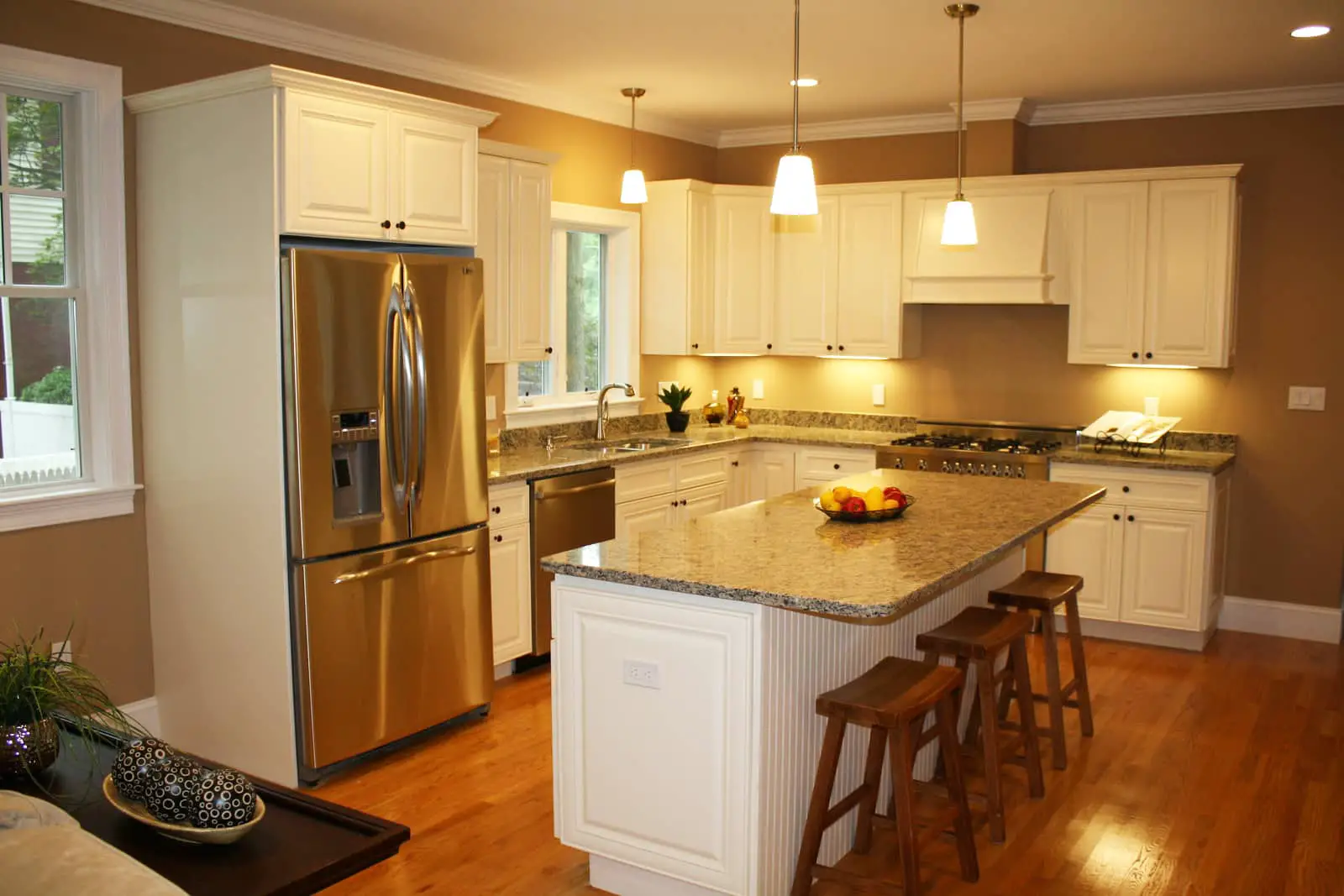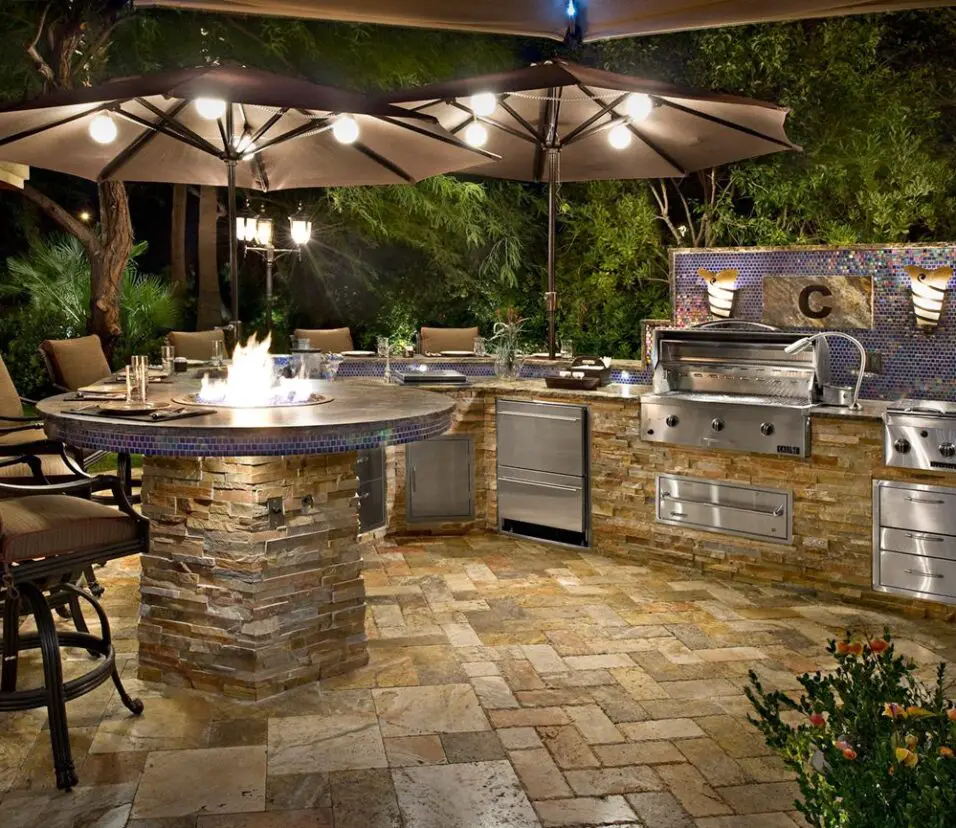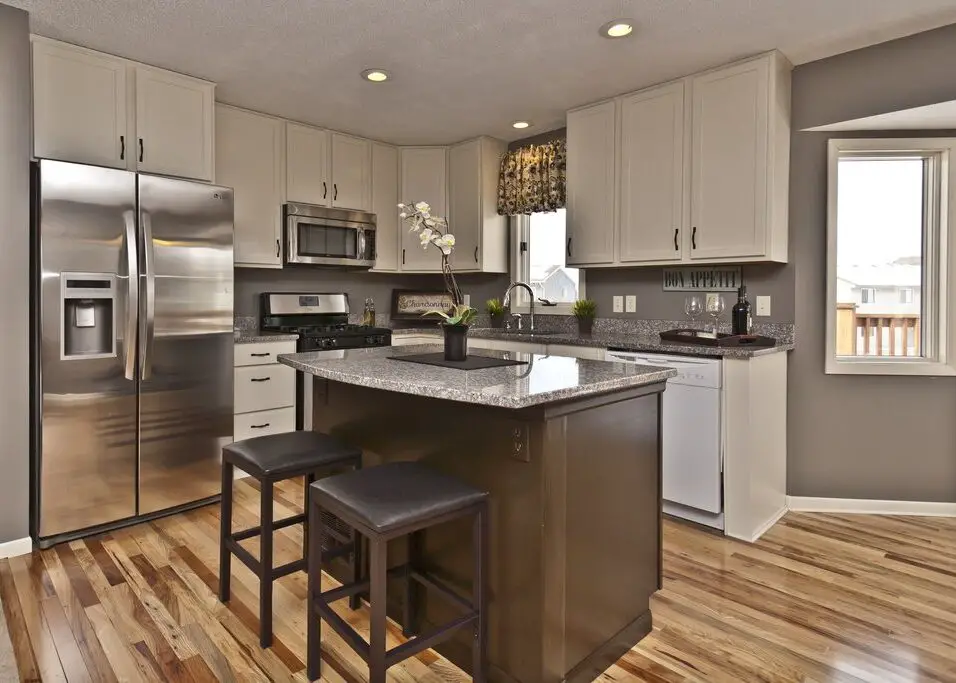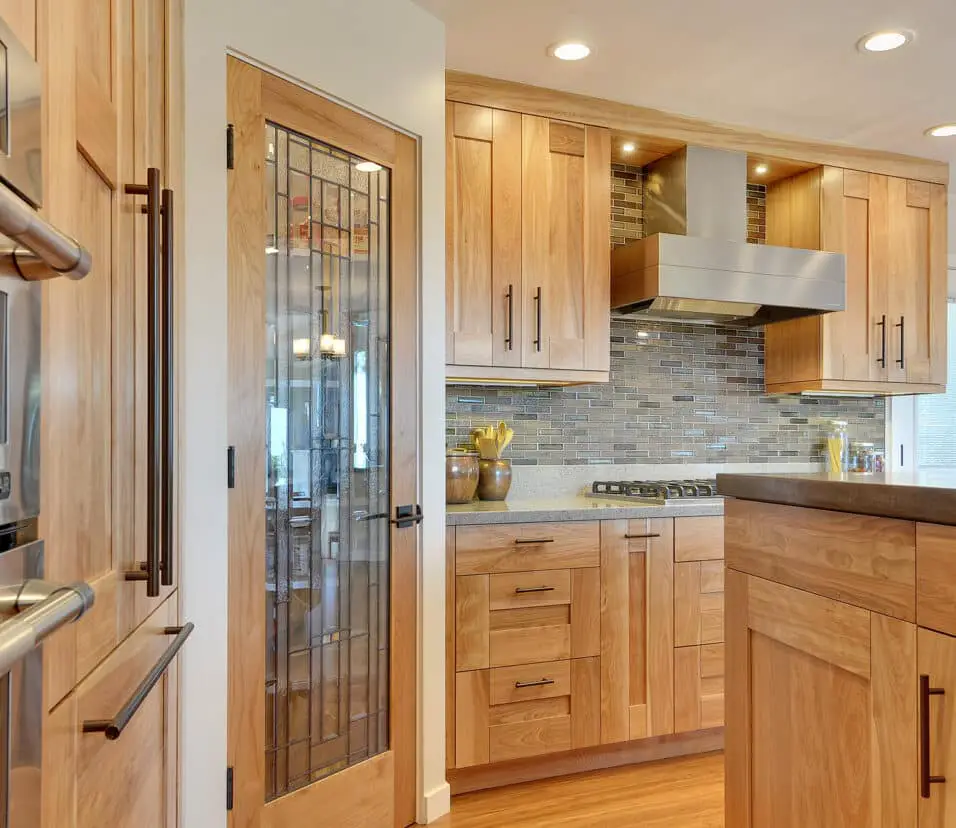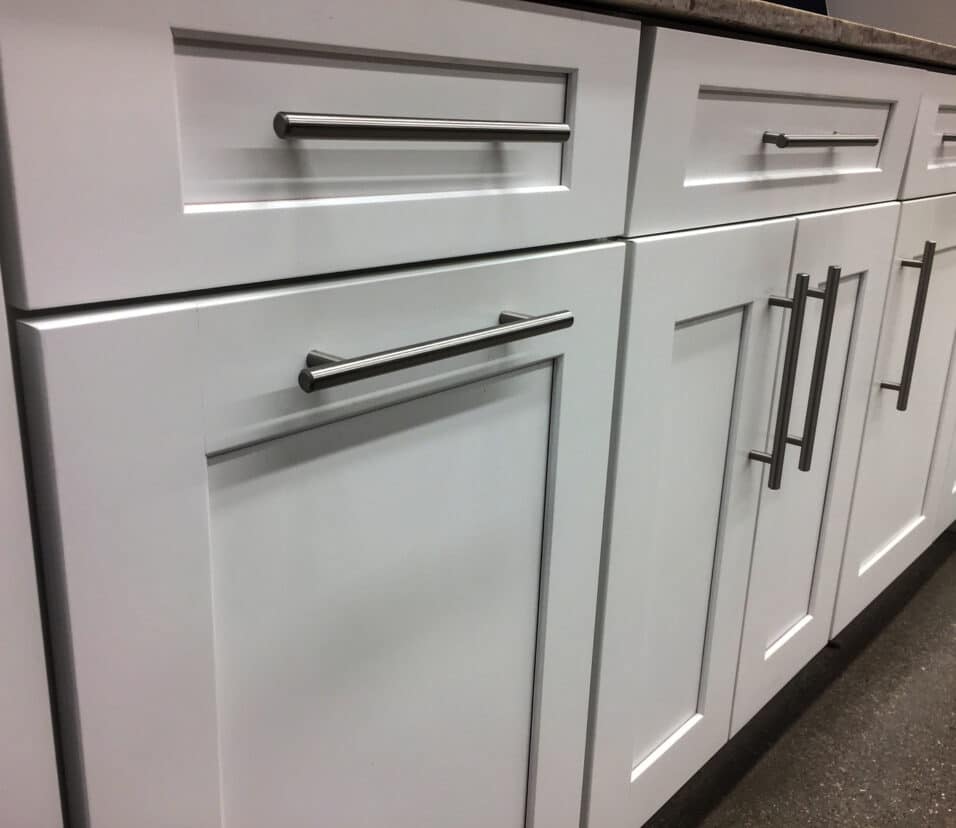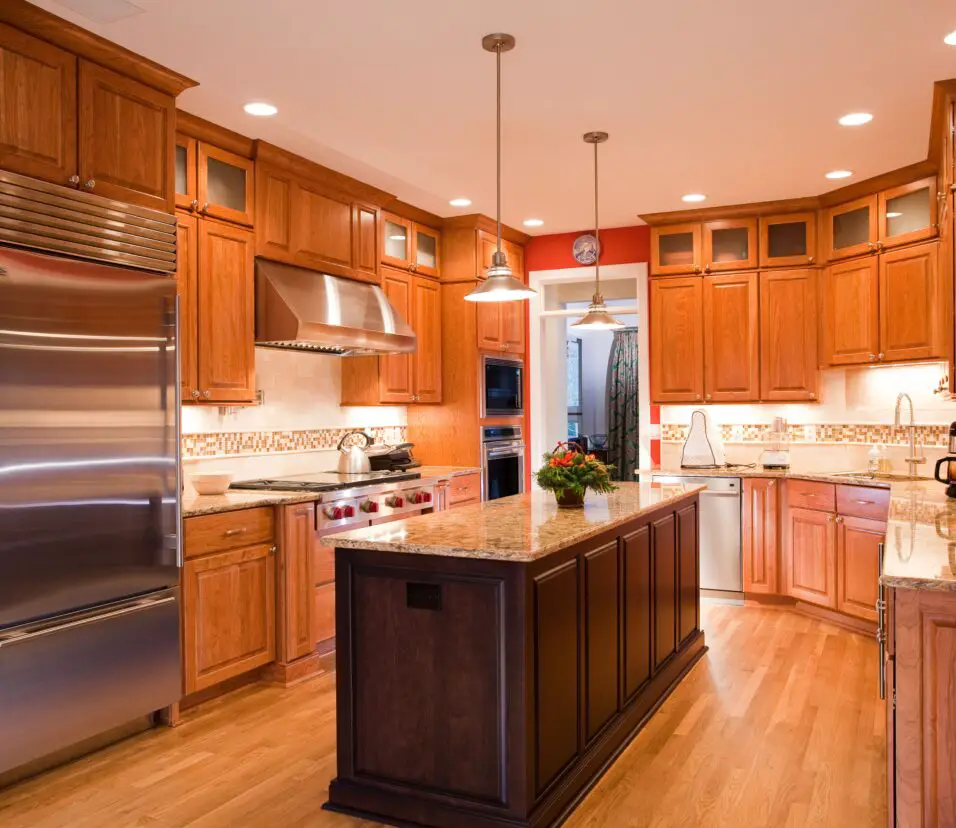How To Antique Kitchen Cabinets
Introduction
How To Antique Kitchen Cabinets: It’s about infusing your living space with a sense of history and character, turning your kitchen into a place that tells a story of its own. The rustic charm of antique cabinets not only adds personality but also invites a warm, welcoming atmosphere that beckons family and friends to gather and create cherished memories. From choosing the right materials and tools to mastering the intricacies of distressing and aging, we are here to guide you step-by-step through the process.
A variety of antiquing techniques, from gentle distressing to elaborate glazing, which can be tailored to suit your individual taste and style. Whether you envision a farmhouse-inspired kitchen, a classic Victorian setting, or a blend of contemporary and vintage elements, antiquing your kitchen cabinets opens the door to boundless creativity.
But beyond aesthetics and style, antiquing your kitchen cabinet is also an environmentally-conscious choice. By repurposing and refinishing existing cabinetry, you reduce waste and contribute to a sustainable lifestyle, all while celebrating the beauty of craftsmanship from days gone by. Whether you’re an experienced DIY enthusiast or a novice looking to embark on a fulfilling creative journey, this guide will equip you with the knowledge and inspiration to achieve stunning results.
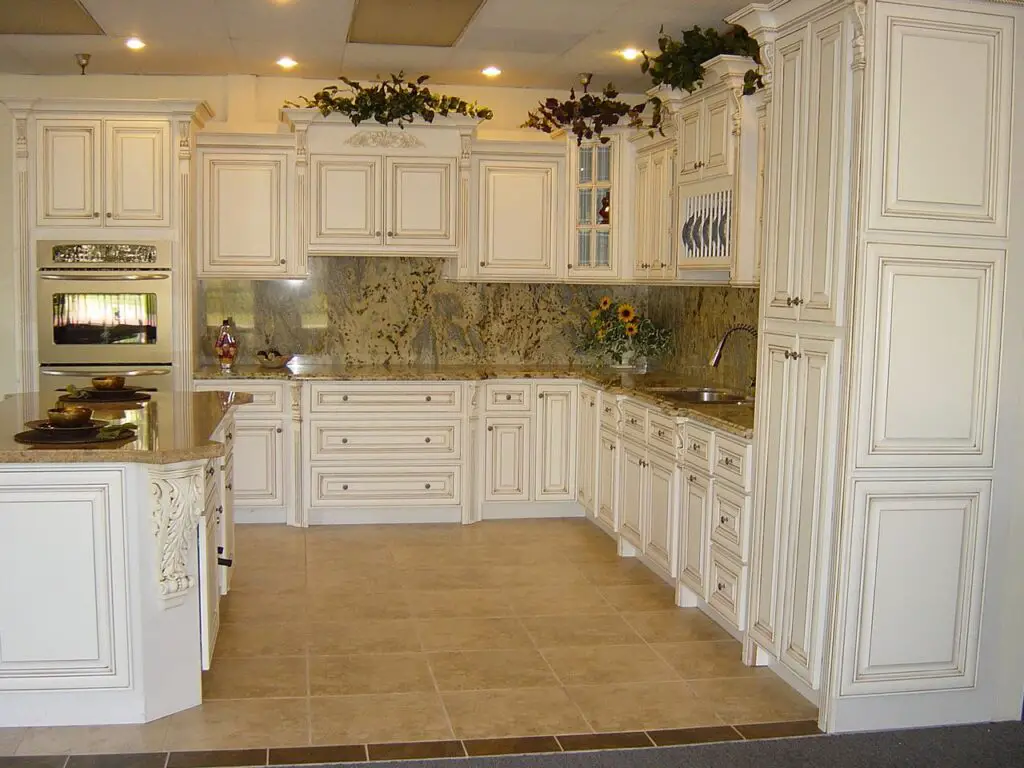
Can you antique cabinets?
Antiquing cabinets using stain or glaze is a good look for a country kitchen or for kitchens decorated in a Tuscan, French or Victorian style.
Before starting your antiquing project, assess the current state of your cabinets. Determine if they are suitable for antiquing or if they require any repairs or preparation. Ensure that the cabinet surface is clean, free from grease, dirt, or old finishes that might interfere with the new antique look.
Decide on the antiquing style that best complements your overall interior design. Whether you prefer a rustic farmhouse look, an elegant Victorian charm, or a classic distressed appearance, understanding your desired style will guide your approach to the antiquing process.
Prepare the materials and tools required for antiquing. Commonly used materials include sandpaper, paint or stain, glaze, antique wax, and various brushes. Make sure you have everything on hand before you begin the project to ensure a smooth workflow.
If your cabinets are unfinished or have a glossy surface, consider sanding them lightly to create a better surface for paint or stain to adhere to. You might also need to apply a primer, especially if you plan to paint the cabinets in a different color.
Distressing is a key technique in antiquing cabinets. Use sandpaper to gently wear away some of the paint or finish on the edges and high-contact areas, giving the cabinets a weathered, aged appearance. Be mindful of the intensity of distressing, as you can always add more distressing but cannot undo it.
What do you use to antique cabinets?
There are two products in the Country Chic Paint line that are designed to give your piece an antique look: glaze and antiquing wax. Both have similar effects, but each have unique looks and application methods. For certain projects, one may be a better choice than the other.
The choice between paint and stain depends on your preferred antiquing style. Stains enhance the natural beauty of wood grain and come in various shades to complement your décor. Paint, on the other hand, allows you to change the color entirely, giving you more design flexibility.
High-quality brushes are essential for applying paint, stain, and glaze smoothly and evenly. Choose brushes that are appropriate for the type of finish you’re using, whether it’s water-based or oil-based.
Glaze is a crucial component in antiquing cabinets, as it adds depth and dimension to the finish. It typically comes in a semi-transparent form and can be applied over paint or stain to achieve an authentic antique look.
Applying antique wax is an optional step, but it can add a subtle sheen to your cabinets and provide an extra layer of protection. It enhances the antique appearance while also preserving the finish.
Before you start antiquing, it’s essential to clean the cabinets thoroughly to remove any grease, dirt, or previous finishes. Use a mild cleaner or degreaser suitable for the cabinet material to ensure proper adhesion of the new finishes.
Soft, lint-free rags or cloths are handy for applying paint, stain, and glaze. They allow you to control the application and achieve the desired level of distressing or aging. To protect areas you don’t want to be distressed or painted, use painter’s tape to create clean edges and boundaries. This ensures a neat and professional finish.
How do you make modern cabinets look vintage?
Hand-rubbing and other finishing processes such as light distressing allow cabinetmakers to mimic the patina of older cabinets. And for a finishing touch, hardware crafted out of historically appropriate materials such as wrought iron or brass completes the new old effect.
Distressing is a key technique in making modern cabinets look vintage. Use sandpaper or sanding blocks to gently wear away the finish on edges, corners, and high-contact areas. This creates a weathered appearance that mimics the natural wear and tear of time.
Choose a paint or stain color that reflects the vintage style you want to achieve. Opt for muted, earthy tones, pastel colors, or classic white to evoke a sense of nostalgia. Applying paint or stain over the distressed areas will accentuate the vintage charm.
Adding a glaze over the painted or stained surface enhances the vintage effect. Glaze creates depth and brings out the distressed details, giving the cabinets an aged and antique appearance.
Updating the cabinet hardware with vintage-style knobs, handles, and pulls can significantly contribute to the vintage look. Look for ornate designs or distressed metal finishes to complement the overall theme.
Adding decorative molding or trim to the cabinet doors and drawer fronts can instantly transform the cabinets into vintage-inspired pieces. Choose intricate patterns or beaded designs commonly found in vintage cabinetry.
For a touch of elegance, consider replacing some cabinet doors with glass inserts. Choose antique-style glass with textured patterns or a slight tint for an authentic vintage feel.
Introducing beadboard or wainscoting on the cabinet ends or backsplash can evoke a cottage or farmhouse-inspired vintage aesthetic.
How can I make my kitchen look antique?
‘One of the easiest ways to give your kitchen a vintage look is accessorizing your space with fun vintage finds such as old recycled glass bottles, vintage bread boards, and grain sack kitchen linens,’ advises Jennifer Markowitz of JNR Designs, ‘Also consider changing your cabinet hardware to a more traditional style,..
Choose a color scheme that reflects the vintage era you want to evoke. Soft pastel shades, muted earthy tones, and classic whites are excellent choices. Consider using historically accurate colors from the Victorian, farmhouse, or mid-century eras to set the tone for your antique-inspired kitchen.
Distressing surfaces can create an authentic vintage appearance. Sandpaper or sanding blocks can be used to gently wear away the paint or finish on cabinets, furniture, and even walls. Distressed surfaces add character and evoke the feeling of well-loved, time-worn pieces.
Replace or refinish your kitchen cabinets to match a vintage style. Opt for shaker-style or raised panel doors, and consider adding decorative molding or beadboard inserts for a touch of timeless elegance.
Upgrade your cabinet hardware, faucets, and drawer pulls to vintage-inspired designs. Look for ornate handles with distressed finishes, antique brass, or glass knobs to complement the overall aesthetic.
Install open shelves in your kitchen and use them to display vintage-inspired dishware, antique crockery, and rustic kitchen utensils. Vintage plates, teapots, and glassware can add charm and personality to your space.
How do you paint to look antique?
Sand the paint back a little using a fine or medium-grit sandpaper until you achieve the finish you always imagined. To age the paintwork further, use Dark Chalk Paint® Wax. Work it into your (still wet) Clear Wax and spread. Wax small areas at a time, and remove excess wax with Clear Wax as you go.
Properly prepare the surface you plan to paint. Clean the item thoroughly to remove any dirt, grease, or old finishes. If needed, sand the surface lightly to create a smooth base for the paint to adhere to. Fill any holes or imperfections with wood filler or putty and sand them smooth.
Paint the item with your chosen base color using a high-quality brush or foam roller. For an antique look, consider using a lighter or neutral color as the base. Let the paint dry completely before moving on to the next step.
Distressing is a key technique to achieve an antique appearance.
Use sandpaper, sanding blocks, or even steel wool to gently sand the painted surface along the edges, corners, and high-contact areas. Focus on areas that would naturally experience wear and tear over time. Experiment with different levels of distressing until you achieve the desired aged effect.
For a more authentic antique look, consider layering multiple paint colors. Apply a second coat of paint in a different color, such as a darker shade, and then distress the surface again to reveal glimpses of the base coat. This layering technique adds depth and dimension to the finish.
Applying a glaze over the painted surface is another technique to create an antique appearance. Glaze adds depth and shadows to the distressed areas, enhancing the vintage charm. Brush the glaze over the surface, focusing on crevices and details, and then wipe away the excess with a soft cloth.
Is antiquing kitchen cabinets in style?
Absolutely! Antique white kitchen cabinets have endured the test of time and remain popular today. The creamy hue is neutral enough to incorporate into any style of design; from traditional to contemporary, it can add warmth and elegance to any kitchen.
Antiquing cabinets can create a timeless and classic look that transcends passing fads and trends. The vintage charm and aged appearance evoke a sense of history and warmth, adding character to the kitchen space.
Antiquing allows homeowners to express their creativity and style, as there are various techniques and finishes to achieve different vintage looks. This personal touch can make the kitchen feel more unique and tailored to individual tastes.
Antiquing cabinets can be adapted to various design themes, from rustic farmhouse and cottage-inspired kitchens to sophisticated Victorian or shabby-chic aesthetics. The versatility of antiquing allows it to complement a wide range of interior styles.
Antiquing encourages the repurposing and refinishing of existing cabinets, promoting sustainability and reducing waste. This eco-friendly approach aligns with the growing awareness of environmental responsibility in home design.
Vintage aesthetics often create a cozy and inviting ambiance in the kitchen. The warmth and character added by antiquing can make the kitchen a more welcoming space for gatherings and daily activities.
Antiquing kitchen cabinets can be seamlessly integrated into modern or contemporary kitchens, creating an interesting contrast between old-world charm and sleek modern design elements.
How do you antique white kitchen cabinets?
Distressed Kitchen Cabinets: How To Distress Your Kitchen…
- Remove all of the cabinet hardware.
- Sand the cabinets with a sanding block.
- When all of the sanding is done, clean clean clean.
- Bust out the antiquing glaze.
- Apply a top coat.
- Let the topcoat dry for about 24 hours before you add your hardware.
Begin by removing all hardware, including knobs, handles, and hinges, from the cabinets. Clean the cabinets thoroughly with a mild cleaner to remove any grease, dirt, or residues. Sand the cabinet surfaces lightly to create a smooth base for the paint or stain to adhere to.
Decide on the antiquing technique you want to use. There are several methods, including distressing, glazing, and adding layers of paint. Each technique offers a slightly different look, so choose the one that best suits your desired vintage aesthetic.
Distressing is a key technique in antiquing white kitchen cabinets. Use sandpaper or sanding blocks to gently wear away the paint on the edges, corners, and high-contact areas of the cabinets. Focus on areas that would naturally experience wear and tear over time. Experiment with different levels of distressing until you achieve the desired aged effect.
Applying a glaze over the white paint is another important step in antiquing. Glaze adds depth and shadows to the distressed areas, enhancing the vintage charm. Brush the glaze over the surface, focusing on crevices and details, and then wipe away the excess with a soft cloth.
For a more authentic antique look, consider layering different shades of paint over the white base. Start with a darker or contrasting color and apply it sparingly over the white surface. Distress the top layer to reveal glimpses of the white paint underneath, creating a subtle weathered effect.
How do you paint kitchen cabinets to look old?
Crackling glaze, which is available at paint stores, can, with very little effort, give your cabinets a weathered look. Just apply the glaze over a dry base coat, brushing in only one direction (thick for large cracks, thin for fine cracks), and let it dry.
Remove all cabinet hardware, including knobs, handles, and hinges. Clean the cabinets thoroughly to remove any grease, dirt, or old finishes. If your cabinets have a glossy surface, consider lightly sanding them to improve paint adhesion.
Distressing is a crucial step in making your cabinets look old. Use sandpaper or sanding blocks to gently wear away the paint or finish on edges, corners, and high-contact areas. Focus on areas that would naturally experience wear and tear over time. Experiment with different levels of distressing to achieve your desired aged effect.
Paint the cabinets with your chosen base color using a high-quality brush or foam roller.
To create depth and authenticity, apply a second coat of paint in a contrasting color on top of the base coat. Use a dry brush or rag to apply the paint in random patches, leaving some areas of the base coat exposed. This layering technique will mimic the natural wear and fading seen on old cabinets.
Distress the top coat using sandpaper or a sanding block. Focus on areas that would naturally wear down over time, such as corners, edges, and handles. Gently rub the surface to reveal glimpses of the base coat and add character to the cabinets.
For added depth and an aged appearance, consider applying a glaze over the painted surface. Glaze creates subtle shadows and enhances the distressed areas. Brush the glaze over the cabinets and wipe away the excess with a soft cloth to achieve the desired effect.
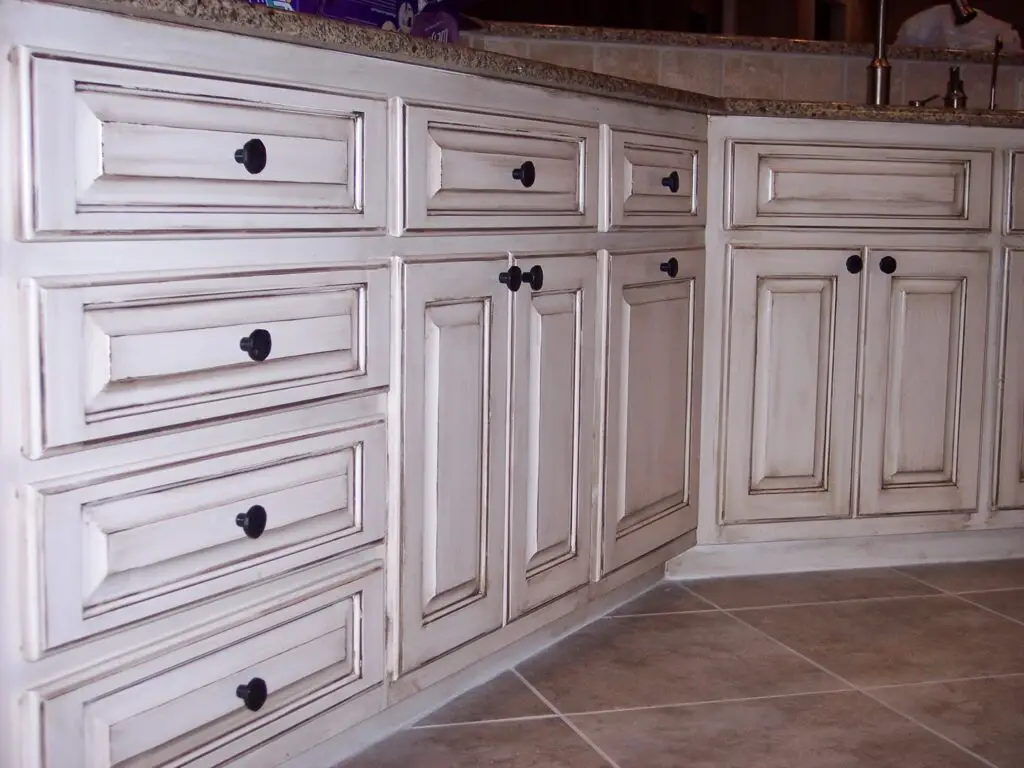
Conclusion
A captivating and rewarding journey that allows you to breathe new life into your kitchen space while celebrating the timeless charm of the past. Throughout this guide, we have explored a plethora of techniques, from distressing and glazing to adding vintage accents, providing you with the knowledge and inspiration to create a kitchen that transcends time. Whether you’re seeking a rustic farmhouse feel, a touch of vintage elegance, or a blend of contemporary and classic elements, the process of antiquing opens the door to endless possibilities.
By delving into the art of antiquing, you have the opportunity to infuse your living space with history, character, and a warm, inviting ambiance. The result is a kitchen that not only reflects your unique style but also becomes a haven for cherished memories and meaningful gatherings with loved ones. Enjoy the meditative and fulfilling process of transforming your cabinets, and savor the satisfaction of witnessing your antique kitchen remarkable evolution.
Embracing the environmental benefits of repurposing and refinishing existing cabinetry, antiquing kitchen cabinets is not just a design choice but also a commitment to a sustainable lifestyle. This creative endeavor empowers you to express your creativity, showcase your craftsmanship, and contribute to a greener future. As you embark on your antiquing journey, remember that there are no strict rules or limitations. Let your imagination soar and adapt the techniques to suit your vision, creating a kitchen that resonates with your personality and lifestyle.



